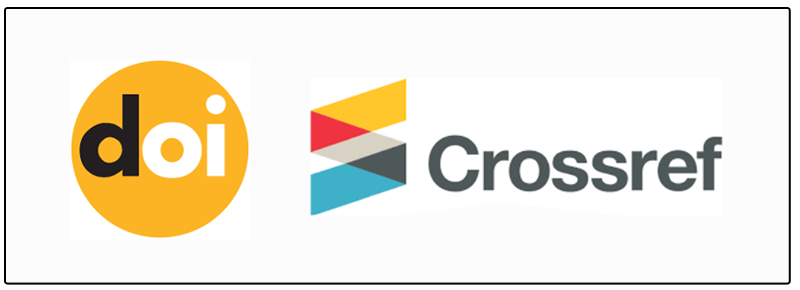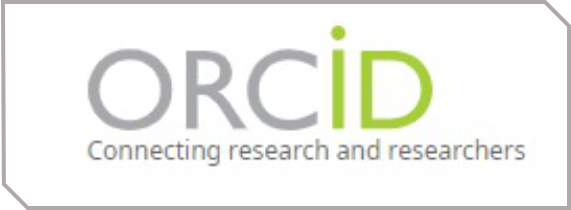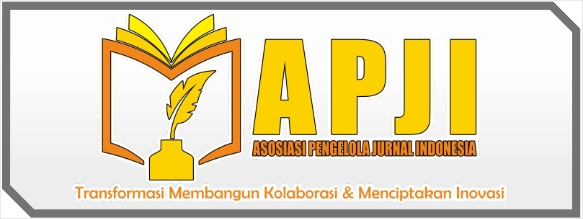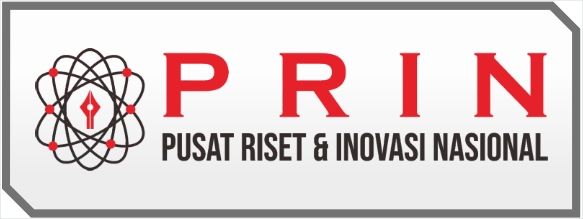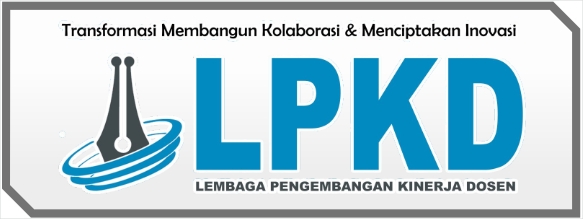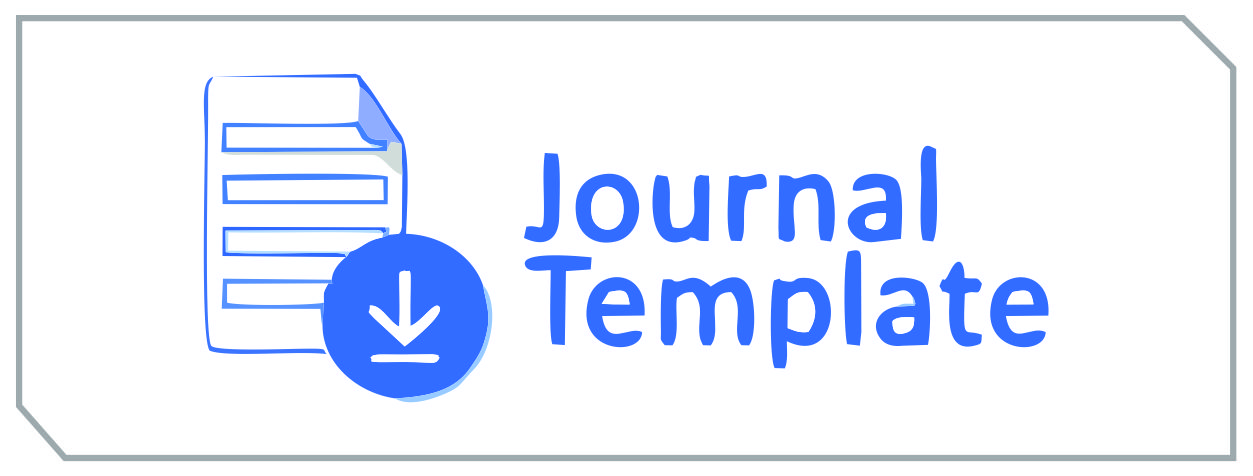Analysis Of The Effect Of Blended Learning Models Towards Mathematical Student’s Problem Solving Abilities And Self-Regulated Learning
DOI:
https://doi.org/10.55606/jurripen.v2i2.1602Keywords:
Blended Learning, Problem-Solving Abilities, Self-Regulated LearningAbstract
A This study aims to determine: (1) the effect of Blended Learning models towards Mathematical Student’s Problem Solving Abilities and Self-Regulated, (2) the improvement of student’s mathematical problem solving and self regulated learning (3) the advantages of the advantages and disadvantages of blended learning model. This type of research includes descriptive qualitative research using library research methods. The data in this study were obtained from a collection of literature such as theses and journals that are relevant to the topic of discussion, namely Mathematical Student’s Problem Solving Abilities And Self-Regulated. The results show that, 1) Blended Learning Model has a great effect on students' problem solving abilities based on the overall effect size calculation which produces an average effect size of 1.56 where this number is included in the high category and Blended Learning Model has a great effect on student’s self-regulated based on the overall effect size calculation which produces an average effect size of 1.73 2) There is an increase in mathematical the student's problem solving abilities and self-regulated learning that are taught through blended learning models. This can be seen from the achievement of N-Gain value and indicators in the experimental class in the literature which is generally better than the control class. 3) Based on the analysis, it was found that the advantages and disadvantages of blended learning. it can be obtained that the advantages of blended learning models as follows: (a) Learning is more effective and efficient, (b) Improve accessibility. with blended learning, it is easier for learning participants to access material learning. and disadvantages of blended learning is Not evenly distributed facilities owned by students, such as computers and internet access. Even though blended learning requires adequate internet access, if the network is inadequate it will make it difficult for participants to take part in independent learning via online.
Downloads
References
Ahmad, J. (2018). Desain Penelitian Analisis Isi (Content Analysis), Jakarta : Sekolah Pascasarjana UIN Syarif Hidayatullah
Aqib, Z. (2013). Model-Model, Media dan Strategi Pembelajaran Konvensional (Inovatif). Yrama Widya.
Aziz, A., & Basry. (2017). Hubungan antara Kompetensi Guru dan Kepercayaan Diri dengan Kemandirian Siswa SMPN 2 Pangkalan Susu. Jurnal Psychomutiara, 1(1).
Darmawan. Deni. (2014). Pengembangan E- Learning teori dan desain. Bandung: PT Remaja Rosdakarya Offset.
Desmista. (2014). Psikologi Perkembangan Peserta Didik. Bandung: PT Remaja Rosdakarya.
Eliserio, D. (2012). Self-regulated learning and mathematics achievement in a fourth-grade classroom self-regulated learning and mathematics achievement in a fourth grade. Master of Education Program Theses.
Fauzi, A. 2011. Peningkatan Kemampuan Koneksi Matematis dan Kemandirian Belajar Siswa dengan Pendekatan Pembelajaran Metakognitif di Sekolah Menengah Pertama. Proceedings of International Seminar and The Fourth National Conference on Mathematics Education “ Building the Nation Character through Humanistic Mathematics Education”. Departement of Mathematics Education, Yogyakarta State University, Yogyakarta, July 21- 23: 109-122.
Hartono, Y. (2014). Strategi Pemecahan Masalah. Graha Ilmu.
Hudoyo, H. (1979). Pengembangan Kurikulum Matematika dan Pelaksana- annya di Depan Kelas. Surabaya: Usaha Nasional.
Istiningsih, S & Hasbullah (2015). Blended Learning, Trend Strategi Pembelajaran Masa Depan
Heinze, A. & Procter. (2006). Online communication and information technology education. Journal of Information Technology Education. (5), 236.
Lestari, K. E., & Yudhanegara, M. R. (2015). Penelitian Pendidikan Matematika. Bandung: PT Refika Aditama.
Miles, M.B, & Huberman, A.M. (1992). Qualitative Data Analysis, Terj. Analisis Data Kualitatif: Buku Sumber tentang Metode- Metode Baru, Tjetjep Rohendi (Pen.), Mulyarto (Ed.). Jakarta : UI Press.
Rosmiati., Jatmiko, B., & Madlazim. (2013). Pengembangan perangkat pembelajaran blended learning model cooperative untuk meningkatkan hasil belajar fisika SMA kelas XI. Pendidikan Sains Pascasarjana Universitas Negeri Surabaya, 3(1): 294-298.
Satori, J. (2006). Metode Penelitian Kualitatif dan Kuantitatif. Yogyakarta: Graha Ilmu
Sugiyono. (2015). Metode Penelitian Kuantitatif, Kualitatif, dan Kombinasi ( Mix Methods). Bandung: Alfabeta, CV.
Ulya, H. (2016). Profil Kemampuan Pemecahan Masalah Siswa Bermotivasi Belajar Tinggi Berdasarkan Ideal Problem Solving. Jurnal Konseling Gusjigang, 2(1): 90–96.
Downloads
Published
How to Cite
Issue
Section
License
Copyright (c) 2023 Meidy Adelina Lumban Toruan, Edy Surya

This work is licensed under a Creative Commons Attribution-ShareAlike 4.0 International License.






